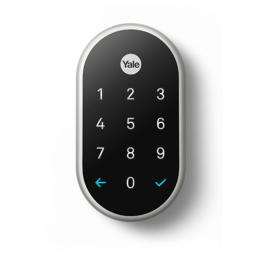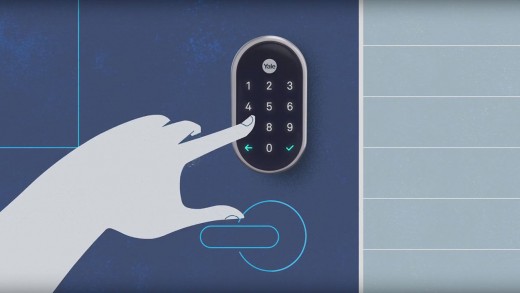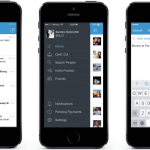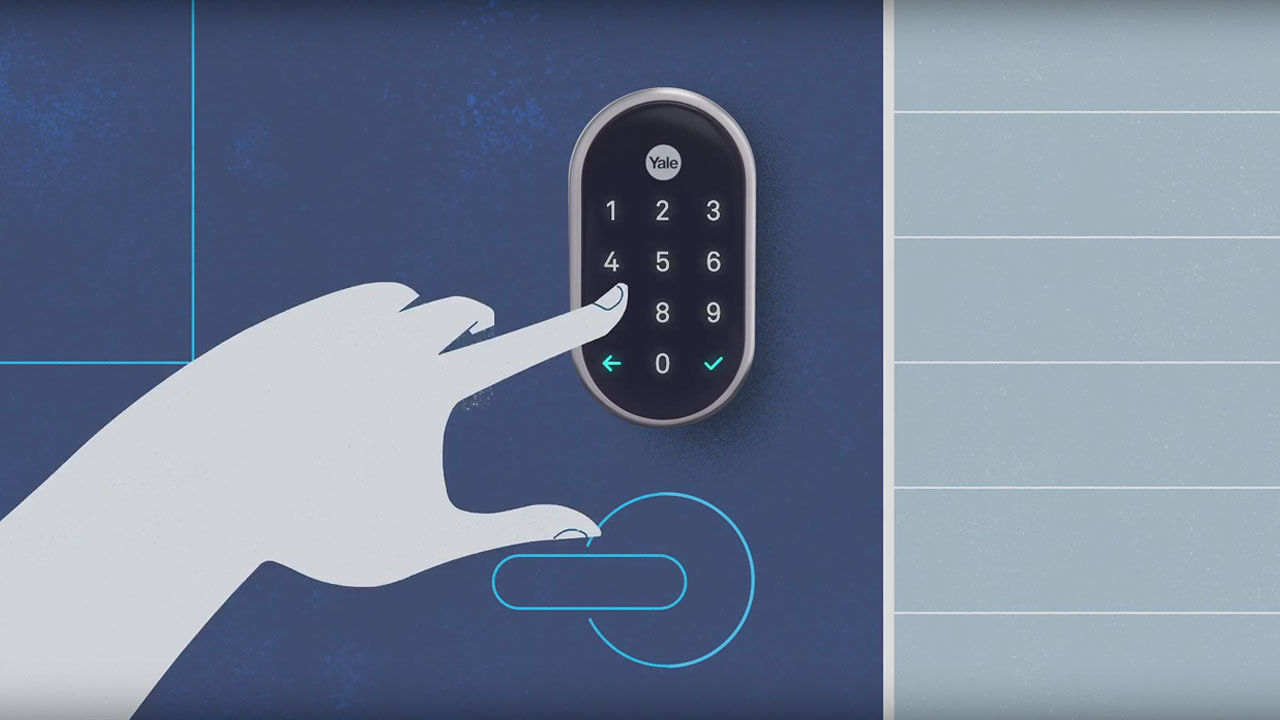Why Nest needs Weave To Be The Language Of Your linked house
Nest made thermostats and smoke alarms horny. Can it do the same for door locks and other mundane appliances?
October 1, 2015
Nest, the Google-owned firm that builds products for the connected home, has turned appliances whilst mundane as thermostats and smoke alarms into loved, sought-after Christmas items. may it assist do the identical for different staples of the home: lightbulbs and door locks, air conditioners and occasional makers, ovens and refrigerators?
That’s the hope of a brand new program unveiled lately as a part of the company’s “Works with Nest” developer platform. As Apple, Microsoft, Amazon, and other tech giants race to own the house of the long run, the winners is generally the businesses that be capable of get others constructing for their ecosystems, much in the same means that 1/3-birthday party app makers helped iOS and Android mobile devices soar in reputation. in fact, Nest is just not likely to create its personal, say, microwave or motorized window colors, so it has to depend on outside developers to build all these products and integrate them with Nest. nowadays’s platform update, referred to as Nest Weave, is designed to do just that, via not simplest streamlining the process for hardware makers to attach with Nest’s household of products, but also with the aid of streamlining that process for consumers too.
The promise of the linked home is that each household device will speak to at least one another, automating conventional domestic inefficiencies. disregard to show off the warmth prior to leaving for vacation? Nest’s protect smoke alarms have embedded movement sensors, and if they resolve nobody’s residence, they’ll send a signal to the Nest thermostat to turn down the temperature to conserve energy. the problem is that the vast majority of family appliances remain disconnected: simply take a look at any corner of your house or condominium, and also you’ll almost certainly come across a slew of devices built earlier than smartphones or possibly even the web.
Why don’t these companies convey their products into the 21st century? as a result of it’s complicated, useful resource-intensive, and steadily outdoor their core potential. GE or Whirlpool can have the funds for to hire a crew of engineers and designers to code a collection of apps, add Bluetooth or Wi-Fi capabilities, and the like, however that smaller company or Kickstarter startup?
“for companies who don’t wish to must construct a cloud, construct an app, or can’t even put Wi-Fi into their merchandise—they’re caught,” says Nest engineering VP Matt Rogers. Enter Nest Weave, which bargains developers a simplified method of making their home equipment “good.” rather than need to build out their own infrastructure, builders can rely on Nest’s; by using embedding Weave, a light-weight protocol, into their merchandise, they can primarily let Nest handle the heavy lifting.

as an instance, for its new Linus door lock, Yale, a 172-year-outdated company, is the use of Weave to convey its portfolio of merchandise into Nest’s ecosystem. to make use of Linus, you could pull up your smartphone, open the Nest app, and lock or unlock the instrument, take a look at if it’s secured when you’re away, or set temporary passcodes for journeying family or friends. The actions will probably be communicated from smartphone to Nest’s cloud, which speaks to Nest units in your house, that will in turn talk in an instant to the Linus lock. “You don’t wish to have your individual cloud and also you don’t need to have your own app—you can use ours,” Rogers says. “for a lot of developers available in the market, it is a so much more uncomplicated, cheaper way of getting your product related.”
because it doesn’t use Wi-Fi or Bluetooth and as a substitute leans on Nest’s ecosystem, Weave deals builders a more secure and vitality-efficient manner of becoming web-related—an immense plus for a product like Linus, which runs on simply 4 AA batteries and will closing more than a 12 months on a single cost. It’s corresponding to a far flung keep watch over communicating with a television or cable field—the latter products can tackle the burden of connecting to the cloud or web, while the remote regulate just has to hook up with the tv.
“if you happen to’re constructing a lock, we’re still talking about transferring kilobytes of reminiscence, with a purpose to get it [working] in that small of a package, with that battery life. it could actually no longer had been constructed with Wi-Fi,” says Rogers. Yale can in this case focus on what it does easiest: build locks (which “they’ve been doing considering Abe Lincoln’s time,” Rogers jokes). provides Yale general supervisor Jason Williams, “Nest becomes the gateway [for our product], whereas with different systems, you’ll have to purchase this [extra] router or software that sits in the nook [for it to connect to the Internet] and does nothing but acquire dust.”
Nest appearing because the gateway for the home? That’s precisely the corporate’s ambition, in part as a result of it’ll make it more appealing for customers to buy into the Nest ecosystem. With every new smartphone device that enters the market, including another piece of hardware or smartphone app to a family setup best makes the process extra burdensome, now not extra handy. If every third-party product may also be controlled with the Nest app or paired with a Nest software? That’s when dwelling automation can become a truth. imagine, say, if a burglar is tampering with a Linus lock; the device may automatically keep up a correspondence with a Nest security camera and inform it to start recording and ship a notification to your smartphone.
still, as promising as that sounds, it’s very early days and a slew of opponents are looking to bring a similar imaginative and prescient to lifestyles. When Nest Weave goes reside in early 2016, Yale’s lock would be the first product available for the system, and Rogers tells me it’s going to be a couple of months earlier than the subsequent one seemingly comes to market. Nest boasts round eleven,000 developers on its platform, an indication now not only of how fast its ecosystem is rising, but also of how nascent this market remains.
(70)














